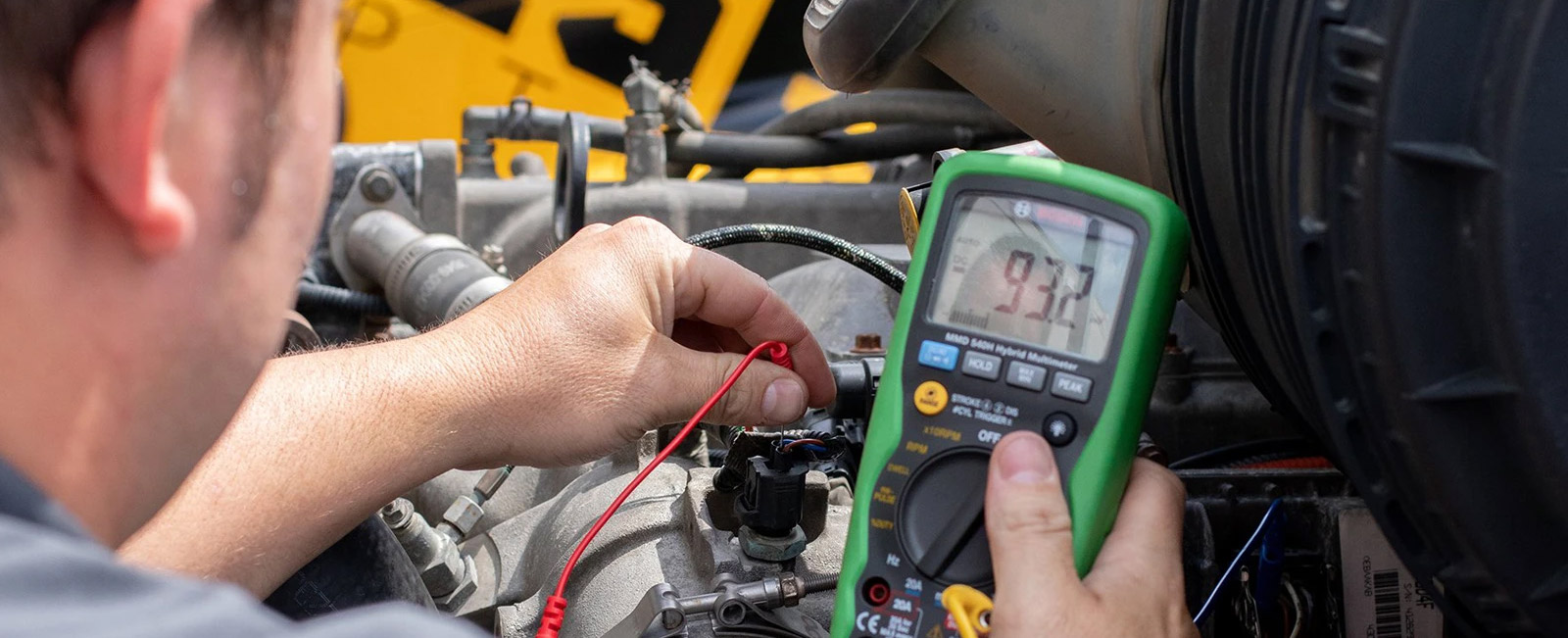MacKay and Company Analyst Predicts Price Drop After Two Years of High Jumps

MacKay and Company Analyst Predicts Price Drop After Two Years of High Jumps
Aftermarket truck parts prices have been on the rise for the past two years, with a historic spike in 2022 due to inflation and supply chain constraints caused by the COVID-19 pandemic. However, according to an analyst from MacKay and Company who spoke at the Heavy Duty Aftermarket Dialogue outlook conference in Texas in January, prices are expected to drop in 2023.
Factors Affecting Aftermarket Truck Parts Pricing
In addition to demand, there are a number of other factors that can affect aftermarket truck parts pricing. One of the main factors is supply chain constraints. The COVID-19 pandemic caused widespread disruptions in supply chains around the world, leading to shortages of raw materials and other components that are used to manufacture aftermarket parts. These shortages drove up the cost of production, which in turn led to higher prices for consumers.
Another factor that can affect aftermarket truck parts pricing is inflation. Inflation is the rate at which the general level of prices for goods and services is rising, and it can be influenced by a variety of factors, including government policies and global economic conditions. In 2022, inflation was a major driver of the historic spike in aftermarket truck parts prices. As the cost of production increased due to supply chain constraints, manufacturers passed those costs onto consumers in the form of higher prices.

MacKay’s model for calculating aftermarket parts demand takes into account a number of factors, including the total number of trucks operating in the industry, the age of the vehicles, and other factors such as miles driven and replacement types.
MacKay’s Model for Calculating Aftermarket Parts Demand
MacKay and Company is a research and consulting firm that specializes in the heavy-duty trucking industry. One of the key areas they focus on is aftermarket parts demand. MacKay’s model for calculating aftermarket parts demand takes into account a number of factors, including the total number of trucks operating in the industry, the age of the vehicles, and other factors such as miles driven and replacement types.
Enjoying our insights?
Subscribe to our newsletter to keep up with the latest industry trends and developments.
Stay InformedIn 2022, aftermarket truck part demand was up 17.7 percent year-over-year. This surge in demand was largely driven by the COVID-19 pandemic, which caused many trucking companies to delay purchasing new vehicles and instead focus on maintaining their existing fleet. As a result, the average age of trucks on the road increased, leading to higher demand for replacement parts.
MacKay’s Forecast for Aftermarket Truck Parts Prices in 2023

Despite the challenges of the past two years, there is reason to be optimistic about the outlook for aftermarket truck parts prices in 2023.
Despite the challenges of the past two years, there is reason to be optimistic about the outlook for aftermarket truck parts prices in 2023. According to MacKay and Company, prices are expected to drop this year as supply chain constraints ease and demand returns to pre-pandemic levels. MacKay is forecasting a 3.5-percent price increase in 2023, down from the all-time high of 10.2 percent in 2022.
Looking ahead, MacKay forecasts that prices will continue to drop over the next five years, assuming similar market conditions. However, this forecast is subject to change if there are any major disruptions to the global economy or if demand for aftermarket parts shifts unexpectedly.
External Resources
- “Aftermarket Parts Demand Surges in 2022,” Heavy Duty Trucking, March 4, 2023.
- “MacKay and Company Forecasts Lower Aftermarket Parts Prices in 2023,” Truck Parts and Service, January 16, 2023.
Overall, while the past two years have been challenging for the aftermarket truck parts industry, there is reason to be optimistic about the future. With supply chain constraints easing and demand returning to pre-pandemic levels, prices are expected to drop in 2023 and continue to decline over the next few years.
Another factor that affects aftermarket truck parts pricing is the age of the vehicles. As trucks age, they require more frequent repairs and replacement of parts, which drives up demand for aftermarket parts. According to Mackay’s model for calculating aftermarket parts demand, the total number of trucks operating in the industry, the age of the vehicles, and other factors such as miles driven and replacement types all contribute to determining demand.





















